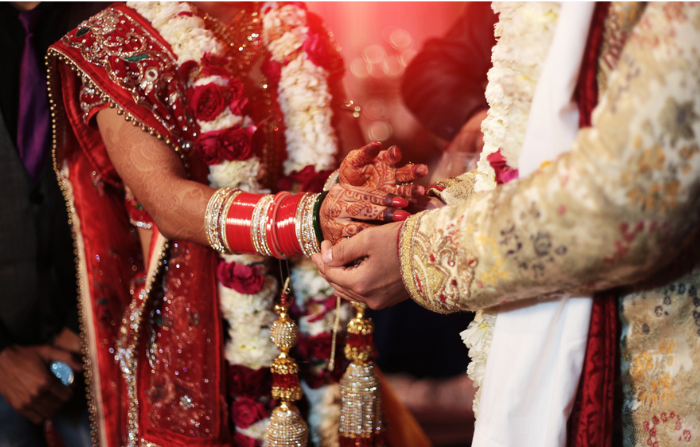- Saturday, April 27, 2024

By: Shubham Ghosh
THE Narendra Modi cabinet on Wednesday (15) passed a proposal to raise the legal age of marriage of women in India from 18 to 21 years, as it is in case of men.
The move came more than a year after prime minister Narendra Modi had announced in his Independence Day speech in 2020 that his government may have a re-look at the age of marriage of women in a bid to fight malnutrition.
The government will introduce an amendment to the Prohibition of Child Marriage Act, 2006, and consequently bring amendments to the Special Marriage Act and personal laws such as the Hindu Marriage Act, 2005, The Indian Express reported citing sources.
It was reported that the cabinet’s clearance is based on recommendations submitted to NITI Aayog, India’s government public policy think tank, in December 2020 by the government’s task force which is headed by Jaya Jaitly, a former member of the Samata Party.
The task force was set up to examine “matters pertaining to age of motherhood, imperatives of lowering MMR (Maternal Mortality Rate), improvement of nutritional levels and related issues”.
“I want to make clear that our reasoning behind the recommendation was never one of population control. Recent data released by NFHS 5 (National Family Health Survey) have already shown that the Total Fertility Rate is decreasing and the population is under control. The idea behind it (the recommendation) is the empowerment of women,” Jaitley told The Express.
As per data from NFHS 5 (National Family Health Survey), India achieved a Total Fertility Rate (TFR) of 2.0 for the first time, below the replacement level of TFR at 2.1, which means a population explosion is unlikely in the coming years.
The data also showed that child marriage has reduced from 27 per cent in 2015-16 to 23 per cent in 2019-21.
Jaitly said the task force’s recommendation came “after extensive consultations with experts, and more importantly with young adults, especially young women as the decision affects them directly”.
She said the task force received feedback from 16 universities and engaged over 15 NGOs (non-governmental organisations) to reach out to young people, particularly in the rural and marginalised communities, including in districts in Rajasthan where child marriage is quite prevalent. She also said that feedback was taken across religions and equally from urban and rural areas.
Jaitly said the feedback they received across the board is that the age of marriage should be 22-23 years. She said there have been objections from certain quarters but they felt it was more important “to be guided by the target group”.
The task force was set up in June last year by the ministry of women and child development (WCD) and included NITI Aayog’s Dr VK Paul and secretaries of the WCD, health and education ministries and of the legislative department.
The task force has recommended that a comprehensive public awareness campaign be finalised to encourage social acceptance of the decision; access for girls to schools and universities, including transportation facilities where educational institutes are far off. It also sought formalisation of sex education and its introduction in school curriculum; providing training to women in Polytechnic institutes; business training and livelihood as means towards implementation of a raised minimum age of marriage.
While Section 5(iii) of the Hindu Marriage Act, 1955, sets 18 years as the minimum age for the bride and 21 for the groom, the Special Marriage Act, 1954, and the Prohibition of Child Marriage Act, 2006 also prescribe 18 and 21 years as the minimum age of consent for marriage for women and men, respectively.
Indian finance minister Nirmala Sitharaman said in her budget speech for 2020-21, “Women’s age of marriage was increased from 15 years to 18 years in 1978, by amending the erstwhile Sharda Act of 1929.
“As India progresses further, opportunities open up for women to pursue higher education and careers. There are imperatives of lowering MMR as well as improvement of nutrition levels. Entire issue about the age of a girl entering motherhood needs to be seen in this light.”
![]()